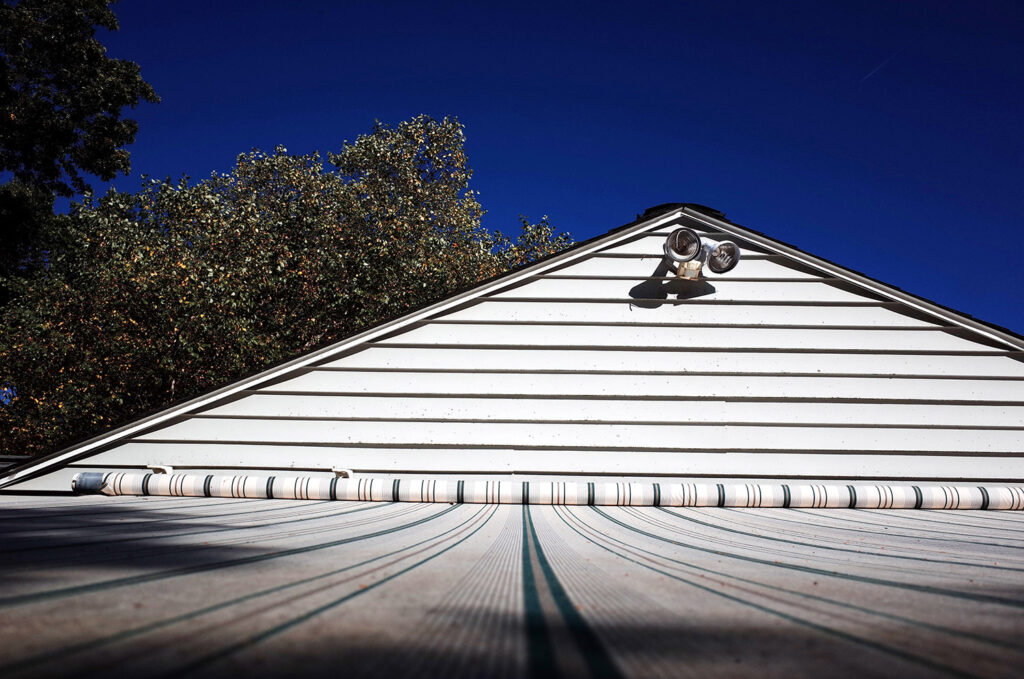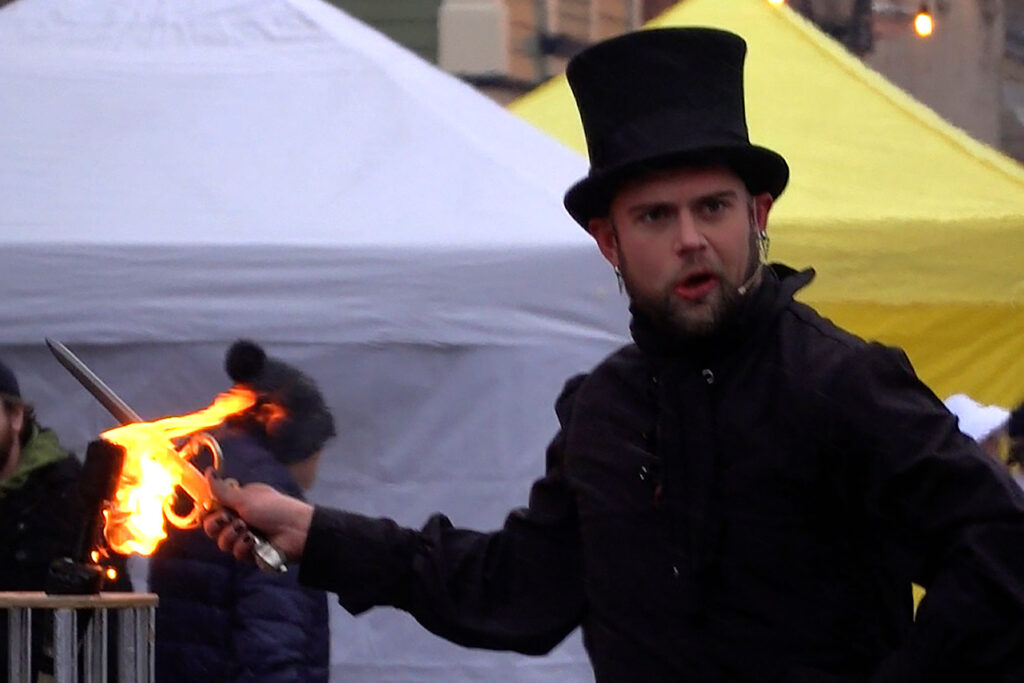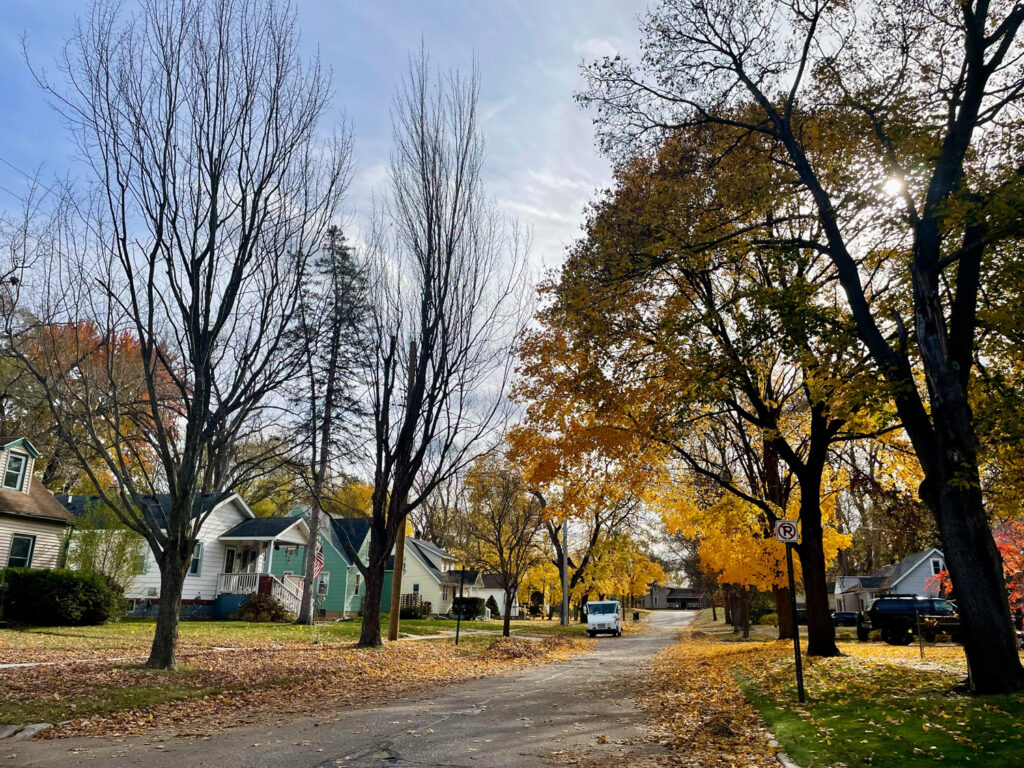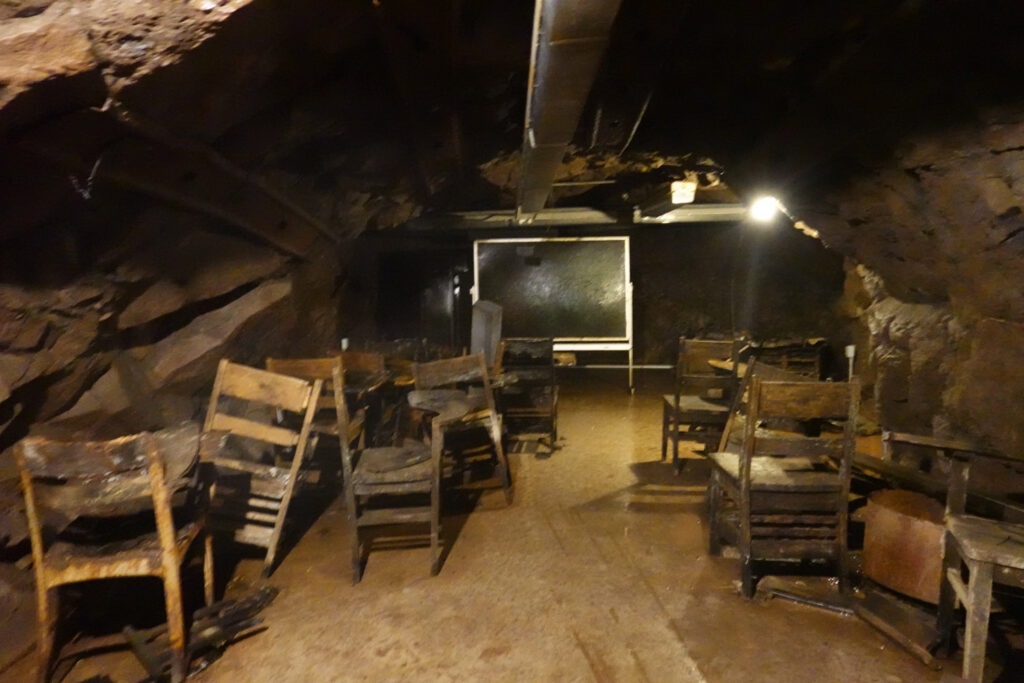Fall is paused at the moment. With high temperatures averaging in the mid-70s to low-80s this week in Detroit and touching the 70s up in Traverse City, we seem to be in the midst of Indian Summer.
Up North, the Chicagoans have left, and year-round residents are sunning themselves on empty beaches and eating dinner on restaurant patios without needing a reservation.
Downstate, the leaf blowers remain idle and car windows are down as people cruise through town.
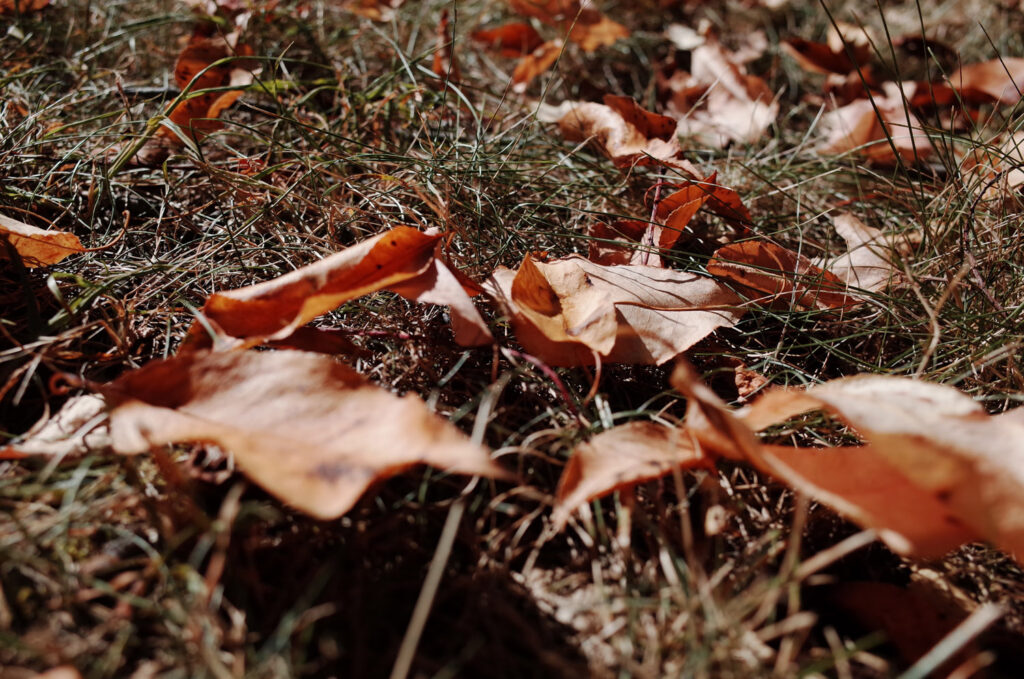
A few years ago, some of society’s scolds might have pushed to find a new name for these delightful warm blasts that keep our sweaters in the closet, but it seems like we’re past all that now. And that’s good, because the term has been used constantly for at least 250 years in America.
The earliest recorded use of the term appears in a 1778 letter by Frenchman J. Hector St. John de Crèvecoeur, describing warm, hazy autumn days in North America.
“Of all the scenes which this climate offers, none has struck me with a greater degree of admiration than the ushering in of our winters, and the vehemence with which their first rigour seizes and covers the earth.
Great rains at last replenish the springs, the brooks, the swamps, and impregnate the earth. Then a severe frost succeeds which prepares it to receive the voluminous coat of snow which is soon to follow; though it is often preceded by a short interval of smoke and mildness, called the Indian summer.”
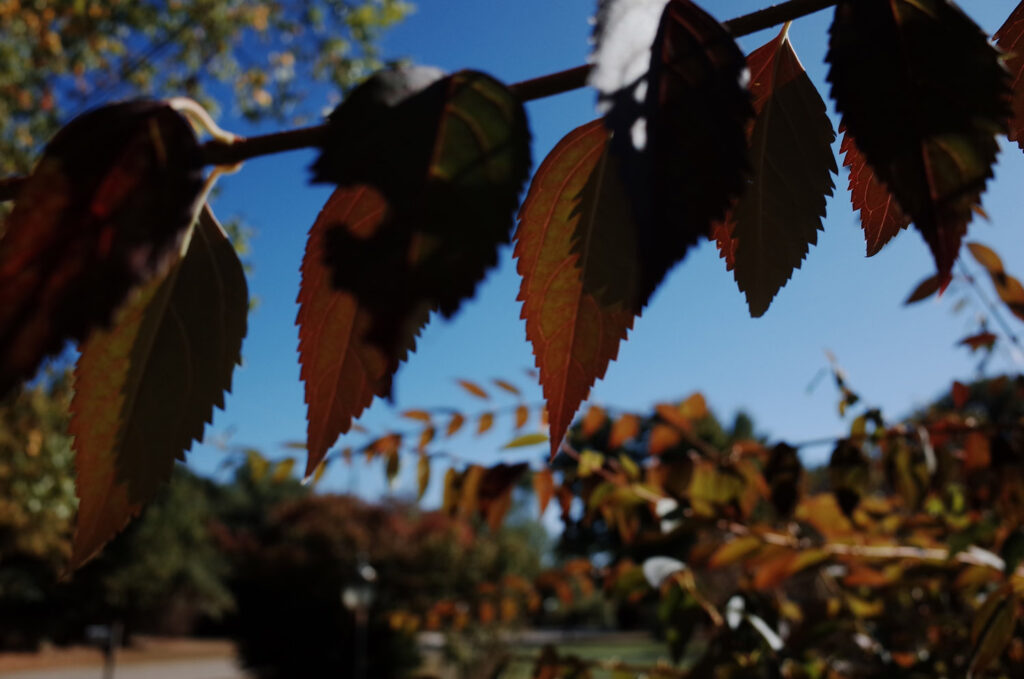
St. John de Crèvecoeur lived in New York, where he wrote his famous collection: “Letters from an American Farmer.” The Indian Summer letter was originally written in French, and then translated into English. “L’été sauvage” became “Indian summer.”
There are a few theories about how Native Americans got wrapped up in this. New World settlers might have wrongly assumed the haze came from the bonfires burned by the Native Americans in the fall. Or they might have seen the Native Americans getting in an extra November harvest after the first frost. It could also refer to the belief of the Narragansett that the warm winds were sent from their god Cautantowwit.
Whatever the reason, by the 19th century, Indian Summer became a common phrase in American English.
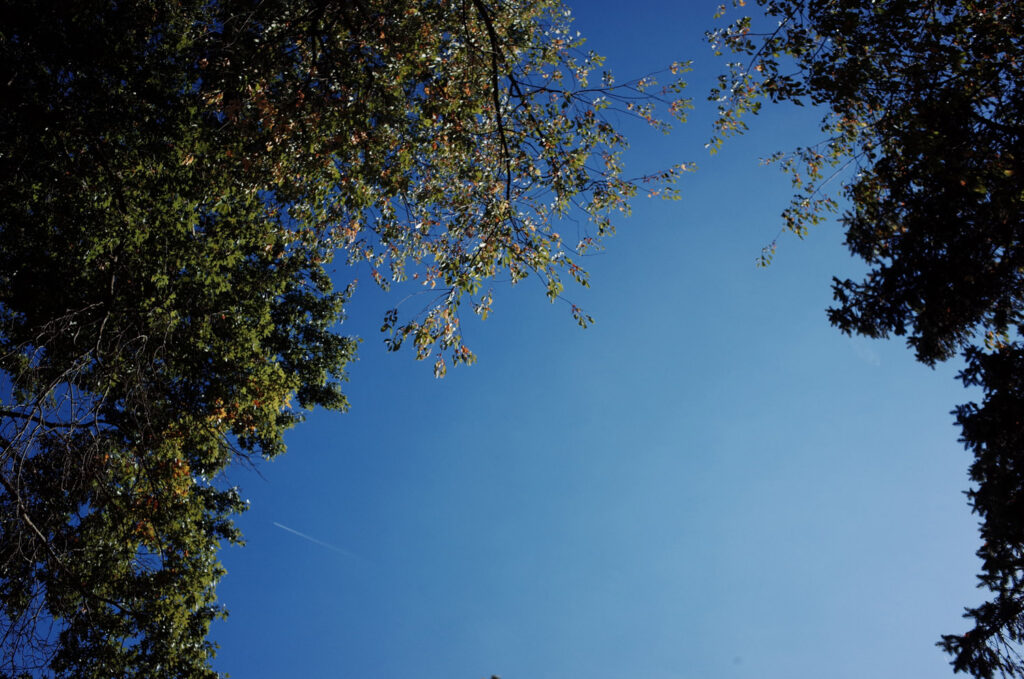
Meteorologists would say that we aren’t in a true Indian Summer. For them, the warm days must come after the first front but before the first snow, fall between November 11 and November 20, and be the result of a stagnant high pressure system that brings hazy cloudless skies. Given these stringent requirements, Indian Summer doesn’t happen every year.
But anyone who grew up here knows that an Indian Summer is any warm week after school starts back. And don’t forget that it already snowed in the Keweenaw.
A few chilly dry mornings may be welcome after a humid August, but the novelty quickly wears off. One more warm blast, we pray.
When it comes, we rejoice.
Mark Naida is editor of Michigan Enjoyer.
